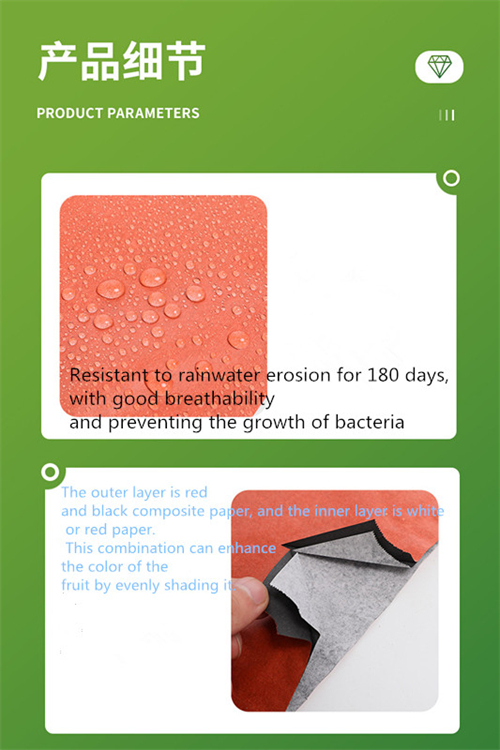Nov . 10, 2024 03:27 Back to list
Extraction Methods for Enhancing Plum Pollen Product Quality and Efficiency
Extraction Technology of Plum Pollen Products
Plum pollen, a natural product obtained from the reproductive structures of plum trees (genus Prunus), has garnered significant attention in recent years due to its potential health benefits and nutritional value. As a rich source of vitamins, minerals, and amino acids, plum pollen is increasingly being sought after in functional foods, dietary supplements, and traditional medicine. However, to harness the full potential of plum pollen, efficient extraction technologies are essential. This article explores various extraction methods used for plum pollen products, their advantages and disadvantages, and the potential applications of these extracts.
Understanding Plum Pollen
Plum pollen is typically collected during the flowering season of plum trees, a period characterized by the release of pollen grains into the air. These grains are small, dust-like particles that contain the male gametes necessary for plant reproduction. They are packed with nutrients, including proteins, lipids, carbohydrates, vitamins (such as B-complex and vitamin C), and minerals (such as calcium and potassium). Due to these nutritional components, plum pollen is believed to offer several health benefits, including immune support, anti-inflammatory properties, and antioxidant effects.
Extraction Technologies
The extraction of valuable compounds from plum pollen can be challenging due to the tough outer layer of pollen grains and the need to preserve the bioactive components. Below, we discuss some of the common extraction technologies used for plum pollen products
1. Solvent Extraction
Solvent extraction is one of the most widely used methods for extracting bioactive compounds from plant materials. In this process, a suitable solvent (e.g., water, ethanol, or methanol) is used to dissolve the desired compounds. The choice of solvent and extraction conditions (temperature, time) can significantly affect the yield and quality of the extract.
Advantages - High extraction efficiency for polar and non-polar compounds. - Relatively simple and cost-effective.
Disadvantages - The use of organic solvents poses environmental and health risks. - There may be residual solvents in the final product, necessitating further purification.
2. Enzymatic Hydrolysis
Enzymatic hydrolysis involves using specific enzymes to break down the cell walls of pollen grains, facilitating the release of bioactive compounds. This method is particularly effective in improving the bioavailability of nutrients.
Advantages - Preserves heat-sensitive compounds better than traditional extraction methods. - Tailored extraction process by selecting appropriate enzymes.
extraction technology of plum pollen products

Disadvantages - More complex and costly due to the need for enzyme procurement
. - Requires precise control of reaction conditions.3. Ultrasonic-Assisted Extraction
Ultrasonic-assisted extraction utilizes high-frequency sound waves to create cavitation bubbles in a solvent. This leads to physical disruption of the pollen structure, enhancing mass transfer and extraction efficiency.
Advantages - Faster extraction times compared to conventional methods. - Higher extraction yields and better quality extracts.
Disadvantages - Equipment costs can be high. - Optimization of parameters (frequency, duration, temperature) is necessary for different batches.
4. Supercritical Fluid Extraction (SFE)
Supercritical fluid extraction employs supercritical fluids (such as carbon dioxide) as solvents to extract desired compounds from plum pollen. This method has gained popularity due to its environmentally friendly properties and the ability to selectively extract compounds.
Advantages - No residual solvents, leading to high purity extracts. - Can be adjusted to target specific compounds.
Disadvantages - High operational costs and complexity of the equipment. - Requires specialized knowledge and skills.
Applications of Plum Pollen Extracts
Plum pollen extracts have diverse applications across various industries. In the food industry, they are used as nutritional supplements and functional food additives due to their rich vitamin and mineral content. In cosmetics, plum pollen extracts are incorporated into skincare products for their antioxidant and anti-inflammatory properties. Moreover, traditional medicine practitioners utilize these extracts to enhance stamina and strengthen the immune system.
Conclusion
The extraction of plum pollen products is an evolving field, with multiple technologies available to maximize the yield and quality of bioactive compounds. Further advancements in extraction technologies will continue to enhance the utilization of plum pollen, ensuring that this natural resource can play a significant role in health and wellness. As the demand for natural and functional ingredients rises, focusing on efficient and sustainable extraction methods will be crucial in the development of plum pollen-based products.
-
Buy Premium Apple & Cherry Tree Pollen Grains High-Yield Pollination
NewsApr.29,2025
-
Premium Poplar Tree Pollen for Fruit Tree Pollination Supplier
NewsApr.29,2025
-
Maple Tree Pollen for Fruit Tree Varieties Bulk Supplier & Manufacturer
NewsApr.29,2025
-
Top Apple Pollen Collection Varieties for Factories & Suppliers
NewsApr.28,2025
-
Cottonwood Tree Pollen Suppliers Horticulture & Allergen Solutions
NewsApr.28,2025
-
Dock Pollen & Apricot Flower Pollen Suppliers Pure & Natural
NewsApr.28,2025